stat_density_2d uses MASS::kde2d under the hood. I imagine there are slicker ways to do this, but we can feed the data into that function and convert it into tidy data to get a smoothed version for that type of estimate.
First, some data like yours:
library(tidyverse)
set.seed(42)
df <- tibble(
R = rlnorm(1E4, 0, 0.2) * 100,
B = R * rnorm(1E4, 1, 0.2)
)
ggplot(df, aes(R,B)) +
geom_bin2d(binwidth = c(1,1))

Here's running the density and converting into a tibble with the same coordinates as the data. (Are there better ways to do this?)
n = 201 # arbitrary grid size, chosen to be 1 more than the range below
# so the breaks are at integers
smooth <- MASS::kde2d(df$R, df$B, lims = c(0, 200, 0, 200),
# h = c(20,20), # could tweak bandwidth here
n = n)
df_smoothed <- smooth$z %>%
as_tibble() %>%
pivot_longer(cols = everything(), names_to = "col", values_to = "val") %>%
mutate(R = rep(smooth$x, each = n), # EDIT: fixed, these were swapped
B = rep(smooth$y, n))
df_smoothed now holds all the coordinates from 0:200 in the R and B dimensions, with the probability of each combination in the val column. These add up to 1, of nearly so (99.6% in this case). I think the remaining smidgen is the probabilities of coordinates outside the specified range.
sum(df_smoothed$val)
#[1] 0.9960702
The chances of any particular combination are just the density value at that point. So the chance of R = 70 and B = 100 would be 0.013%.
df_smoothed %>%
filter(R == 70, B == 100)
## A tibble: 1 x 4
# col val R B
# <chr> <dbl> <int> <int>
#1 V101 0.0000345 70 100
The chance of R between 50-100 and B between 50-100 would be 36.9%:
df_smoothed %>%
filter(R %>% between(50, 100),
B %>% between(50, 100)) %>%
summarize(total_val = sum(val))
## A tibble: 1 x 1
#total_val
#<dbl>
# 1 0.369
Here's how the smooth and the original data look together:
ggplot() +
geom_tile(data = df_smoothed, aes(R, B, alpha = val), fill = "red") +
geom_point(data = df %>% sample_n(500), aes(R, B), size = 0.2, alpha = 1/5)




